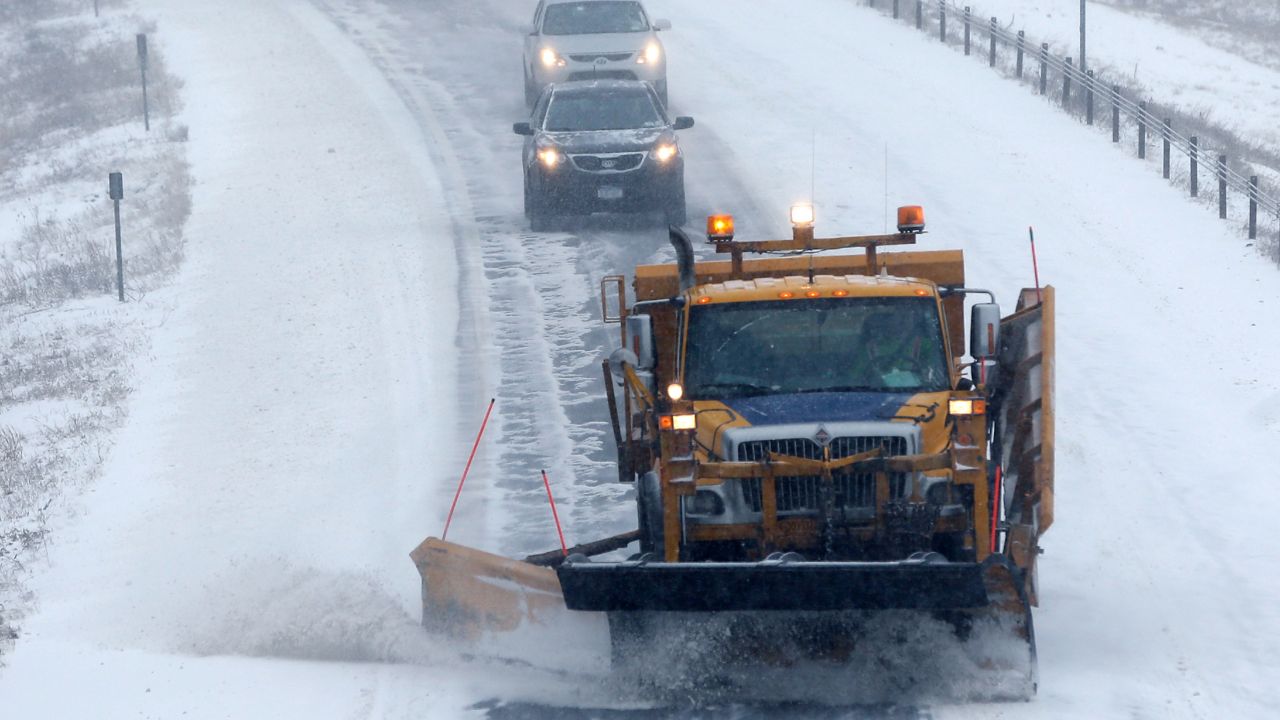OHIO — As winter weather is expected to move in to the Buckeye State this weekend, the American Automobile Association (AAA) is reminding drivers the "snow means slow."
“With mild winters the last few years it is critical that drivers be reminded that they need to adjust to the conditions,” says Kara Hitchens, spokesperson for AAA Club Alliance. “While some vehicles are better equipped for snowy roadways, no vehicle or set of tires can prevent skidding on slick roadways.”
To best prepare for winter weather, AAA gave these tips:
- Drivers need to pay attention to the road conditions. AAA said while a not a lot of snow is predicted, there will be rain, and elevated surfaces — such as bridges and overpasses — tend to freeze first compared to other areas.
- If you don't need to go out, stay home. Even though some may be able to drive well in the winter weather conditions, some may not be able to.
- Be aware of how your tires are. Winter weather can reduce a tire's traction, so drivers should slow down to help regain traction. It's also good to make sure your tires are properly inflated, as for every 10-degree drop in temperature, tires can lose 1 pound of air pressure, according to AAA.
- Along with your tires, be aware of the conditions of your brakes. Despite having antilock brakes or not, use the ball of your foot to put firm, steady pressure on the brake pedal.
- Avoid braking and turning at the same time, as it could result in your tires losing traction. Instead, brake first, then turn.
- Don't follow so closely behind other vehicles as you would in dry, clear conditions. With slick conditions, the vehicle may not be able to slow down as quickly. Try to increase following distances to 8 seconds or more.
- Be gentle with your steering, braking and accelerating. If not, your car could skid.
- If you do skid, don't hit the brakes. Instead, if you notice ice up ahead, brake before you hit the ice. If you start to skid, ease off the accelerator or break, and then steer in the direction you want the front of the car to go.
- Avoid stopping if you can. If you are able to, slow down enough to keep rolling until a traffic light changes. AAA said this is because it takes much more inertia to start moving from a full stop.
- Make sure your car battery can handle the weather. Have it checked by a professional, as cold weather can affect a battery's starting power.
AAA also gave tips on how to prepare a winter emergency kit. AAA said it should include:
- Abrasive material — such as sand, salt or cat litter — or traction mats
- Snow shovel
- Flashlight and extra batteries
- Window washer solvent
- Ice scraper
- Jumper cables
- Extra warm clothing and blankets
- Warning devices, such as flares or triangles
- Drinking water and non-perishable snacks
- First-aid kit
- Basic toolkit that includes a screwdriver, pliers and adjustable wrench
- A phone charger along with a phone that has rescue apps and important phone numbers, such as those of family members and emergency services





